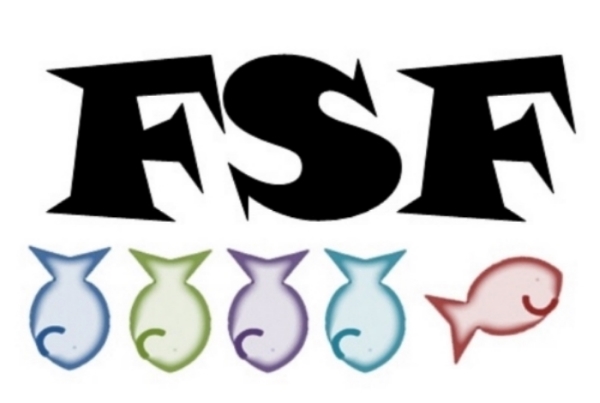Now to go from the batshit to the attempts at historically accurate on the same topic. Mary Shelley was a movie I never saw before this because I heard it actually wasn’t that accurate (for example, only 6 minutes into viewing I noticed that they completely removed Fanny, the third Godwin sister which is so unfair).
As this one is more about Mary’s life, it has a larger cast than the other movies I watched. Elle Fanning play the titular character who has already begun her attempts at writing even before meeting Shelley (attempts which her father criticizes as unoriginal). Bell Powley is Claire Clairemont, Douglas Booth is Shelley, Tom Sturridge is Byron, and Ben Hardy is Polidori. Since the night in Switzerland is only a part of this film you also see Mary’s best friend Isabel (Maisie Williams), her father (Stephen Dillane), and her despised step-mother (Joanne Froggatt - who outside of Downton Abbey always seems to play antagonists). Thomas Hogg (Jack Hickey) gets to be in this one too who was a friend of Shelley’s.
The movie starts with Mary sent away to Scotland when she and her step-mother butt heads more than usual. She and Isabel share a love of the supernatural and a bond since both lost their mothers at a young age. The house welcomes Percy Shelley and Samuel Taylor Coleridge to recite their poems at parties. The attraction is instant and yet no one is shocked by their flirting. Shelley shows up at Mary’s home in London to become a student of Mr. Godwin and discuss the scandalous ideals of Mary Wollstonecraft. Let the philosophizing begin!
Mary takes a break from her own writing when Shelley shows up and still doesn’t pick up a pencil when Shelley’s wife makes an appearance. When the pair elopes, they of course take Claire with them. This more than any other film focuses on how close Claire and Mary were. This is heartbreaking since the real women fell out in the last few years of Mary’s life. Despite the lack of writing on Mary’s part, she and Claire are devoted to reading and supporting Shelley’s own attempts to be published. When Mary finds out that she’s pregnant, she worries about being a mother and that she’s moving further away from her goals of writing. There is also the whole Shelley wanting to bang Claire thing and thinks Mary should be free to bang his friend Hogg that gets in the way of Mary’s new relationship. Then Lord Byron enters the picture.
After the death of their first child and an escape from Shelley’s debts, they go on the fated trip to Geneva. Here the story will seem familiar. Once more, the second child William is written out, but the manipulations of Lord Byron’s are left in. The opium, the drinking, and the free love commence. Polidori is used more as a talking head who befriends Mary and acts as her sanity in the midst of Byron and Shelley’s “creative process”. Oh hey, this movie does talk about the connection between the painting “The Nightmare” and Mary’s mom.
The ghost story competition is used as high point where both Byron’s cruelty to Claire, the death of Shelley’s wife, and Mary’s renewed interest in writing all come together on one dark night. Polidori is picked on for his Vamyre novella so Mary doesn’t present her book idea, still Byron says he “looks forward to reading her work someday”.
Something I will give this film a lot of credit for it how it actually shows how science and the death of her children, not just ghost stories, inspired Frankenstein. The movie also deals in her own depression and the doubts of a teenage girl trying to build her own life. They give her more independence from Shelley, a realization that she loves him, but her own autonomy is more important than his philosophy and excuses for behaving however he wants.
More importantly, the Mary Shelley movie is more about her writing her book than any other film about her and her depressing life. She has a period of being cut off from Claire and Shelley in which she uses all of the pain she’d experienced in a short life to write the tale of the lonely creature. This also leads into the tale of the publishing which in itself was depressing. Just like in real life, it took her a year to find a publisher and Shelley had to write a preface meaning lots of people then thought he’d secretly written it. There is a nice outburst from Mary about how she wonders the meaning of writing her great work if she can’t have credit for it. It’s a fair question. Is is more important just to be in print or to get credit?
BFI Films owns this image… I think












